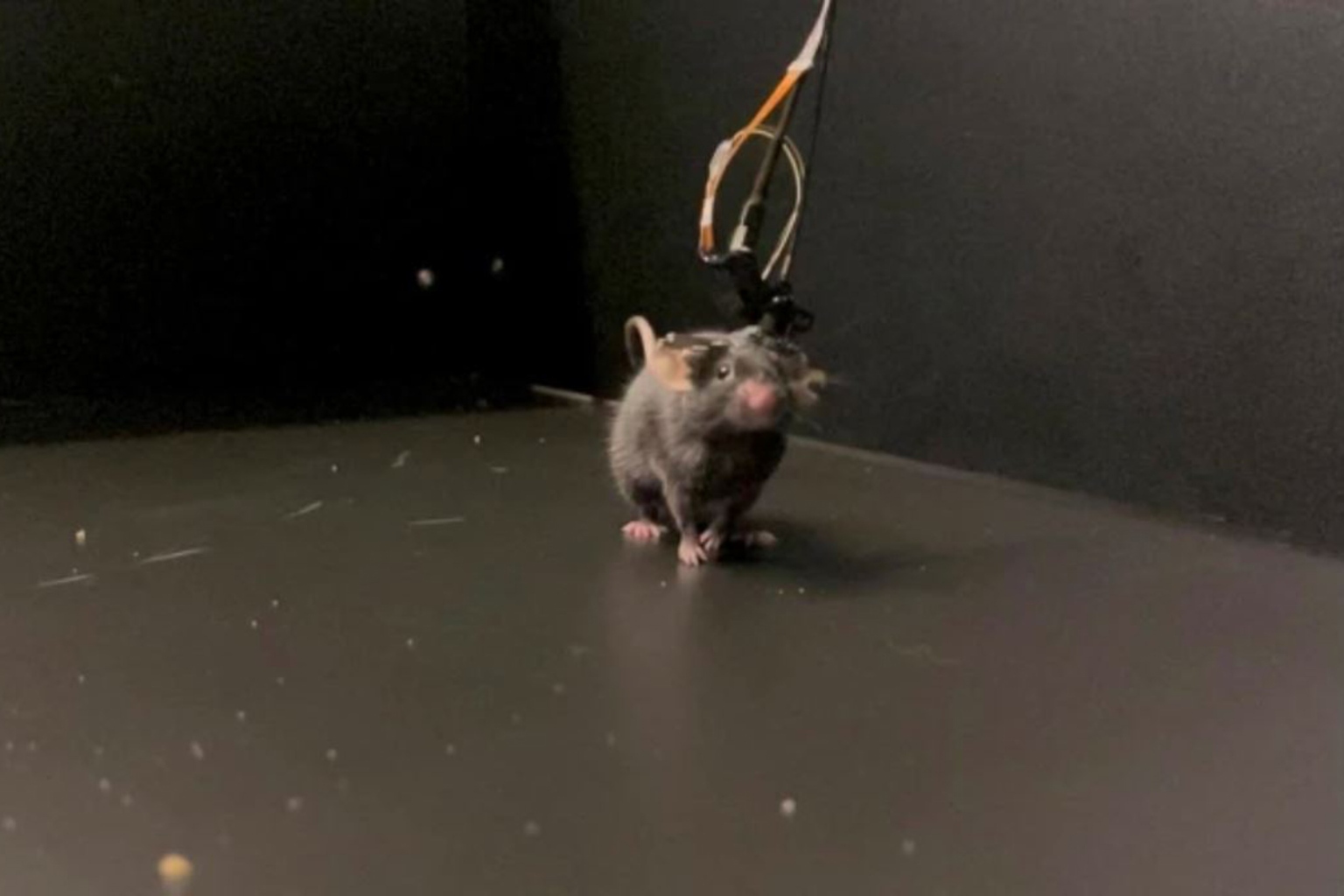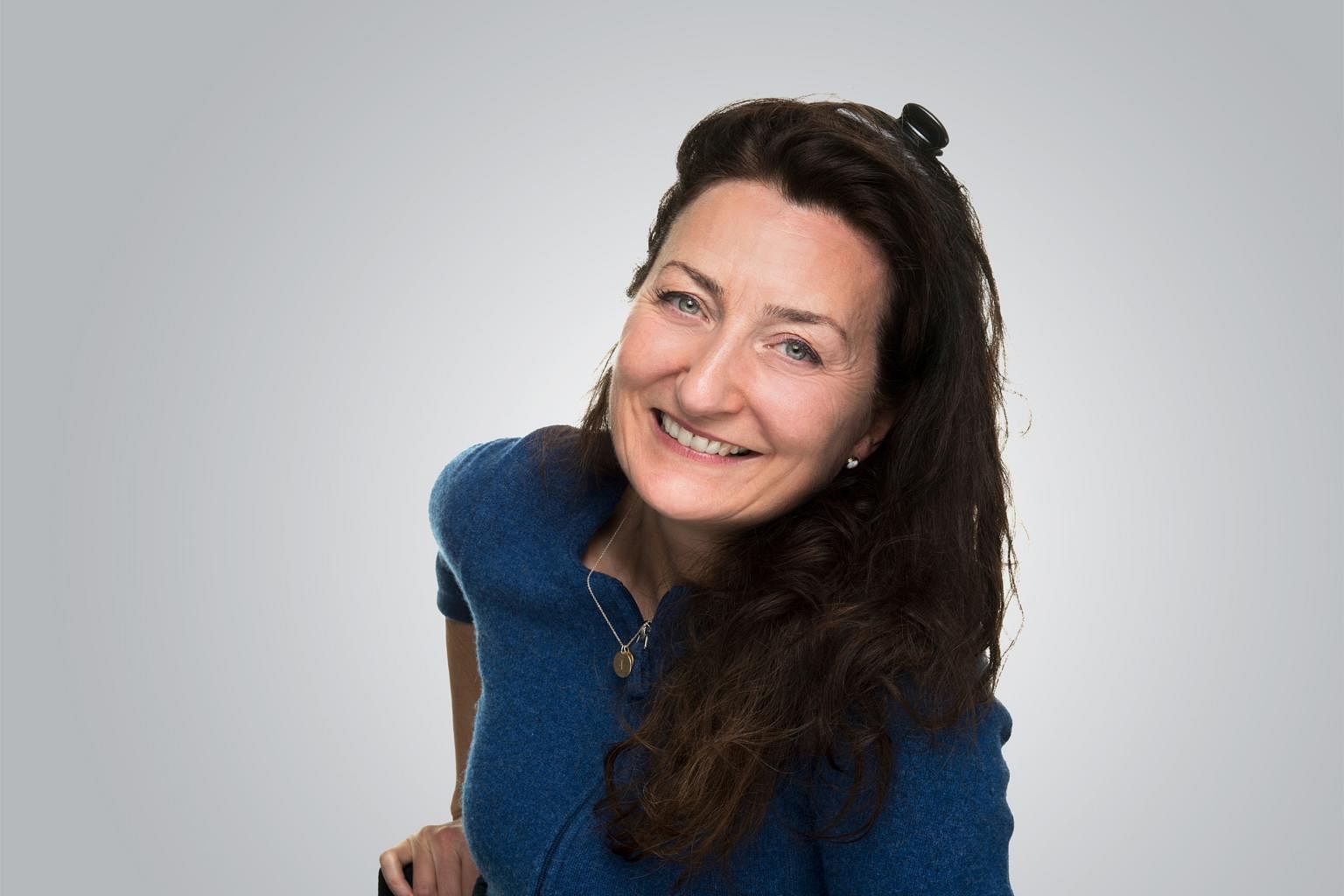SINGAPORE - A tiny camera placed on the head of a mouse is offering researchers a window into how the brain functions, and the potential to understand brain diseases in humans including Alzheimer's.
The 2.4 gram two-photon microscope (Mini2P) transmits live high-resolution images as the rodent jumps about in a laboratory in Norway.
The brain explorer has allowed researchers to record data from thousands of neurons within the brain of the mouse and identify the cells responsible for different functions.
Alzheimer's is believed to affect at least 50 million worldwide - a number that is expected to grow to more than 152 million by 2050, according to Alzheimer's Disease International.
The device was created by Professor May-Britt Moser, researcher Weijian Zong and Prof Moser's former husband and long-time collaborator Edvard Moser.
They are with the Kavli Institute for Systems Neuroscience at the Norwegian University of Science and Technology.
Describing the device as something out of science fiction, Prof May-Britt Moser said the Mini2P has been able to record almost 400 grid cells simultaneously in the mouse.
"You can imagine all the questions you can start to ask when you have such data," Prof May-Britt Moser, 59, told The Straits Times.
Grid cells, which have been described as the brain's internal global positional system, are responsible for allowing people to navigate.
Its discovery won the Mosers, together with American-British scientist John O'Keefe, the Nobel Prize in medicine in 2014.
To see which cells are communicating as the mouse functions, the researchers borrowed a bioluminescence gene from jellyfish.
The camera then captures the brain cells that light up when they talk to each other.
Prof May-Britt Moser said that increasingly, evidence points to Alzheimer's starting in the brain's entorhinal cortex, which is responsible for functions such as memory, navigation and sense of time.
Grid cells, which are neurons within the entorhinal cortex, are often the first to be hit among patients with Alzheimer's disease and other forms of dementia.

The goal now is to understand what is required for these cells to function normally and how to stop them from dying, said Prof May-Britt Moser.
"There are already people working on these ideas, because now they know where to look," she added.
The discovery of grid cells in 2005 has resulted in an explosion of research in areas ranging from neurophysiology to anatomy, with many trying to discover more about what Prof May-Britt Moser described as a "very secretive region" of the brain.
She said her aim of studying grid cells in the brain was to understand how the organ works and how it relates to human functions.
The treatment of Alzheimer's and dementia was not the initial goal of her research.
"But then, by doing this (research), we have been rewarded by getting knowledge about these diseases as well," she said.
Prof May-Britt Moser will be speaking virtually at the Nobel Prize Dialogue to be held here on Tuesday at the Raffles City Convention Centre.

Uncovering workings of the brain
Professor of neuroscience at the Norwegian University of Science and Technology (NTNU) May-Britt Moser, 59, is the founding director of the Centre for Neural Computation at the university.
Born in Fosnavag, Norway, she is also co-director of the Kavli Institute for Systems Neuroscience at NTNU, which is also informally known as the "Moser research environment".
Her former husband Edvard Moser, 60, is a professor of psychology and neuroscience at the institute.
Prof May-Britt Moser received her degree in psychology from the University of Oslo in 1990.
She then worked as a research fellow with the university's faculty of medicine, where she got her PhD in neurophysiology in 1995.
In 1996, she was appointed associate professor in biological psychology at NTNU and was promoted to professor of neuroscience four years later.
The Mosers were awarded the 2014 Nobel Prize in medicine, together with their mentor Professor John O'Keefe, for their discovery of grid cells, which constitute a positioning system in the brain.
The Mosers, who have two daughters together, are one of only five married couples to have been awarded a Nobel together.
They divorced in 2016 but continue to collaborate to uncover the workings of the brain.
Event details
What: Nobel Prize Dialogue Singapore
Young people from across the Asia-Pacific, together with Nobel Prize laureates and international experts, will take part in a series of conversations exploring the best path to a world with improved well-being for all.
When: Sept 13
How: Register
To follow the proceedings, register here.


